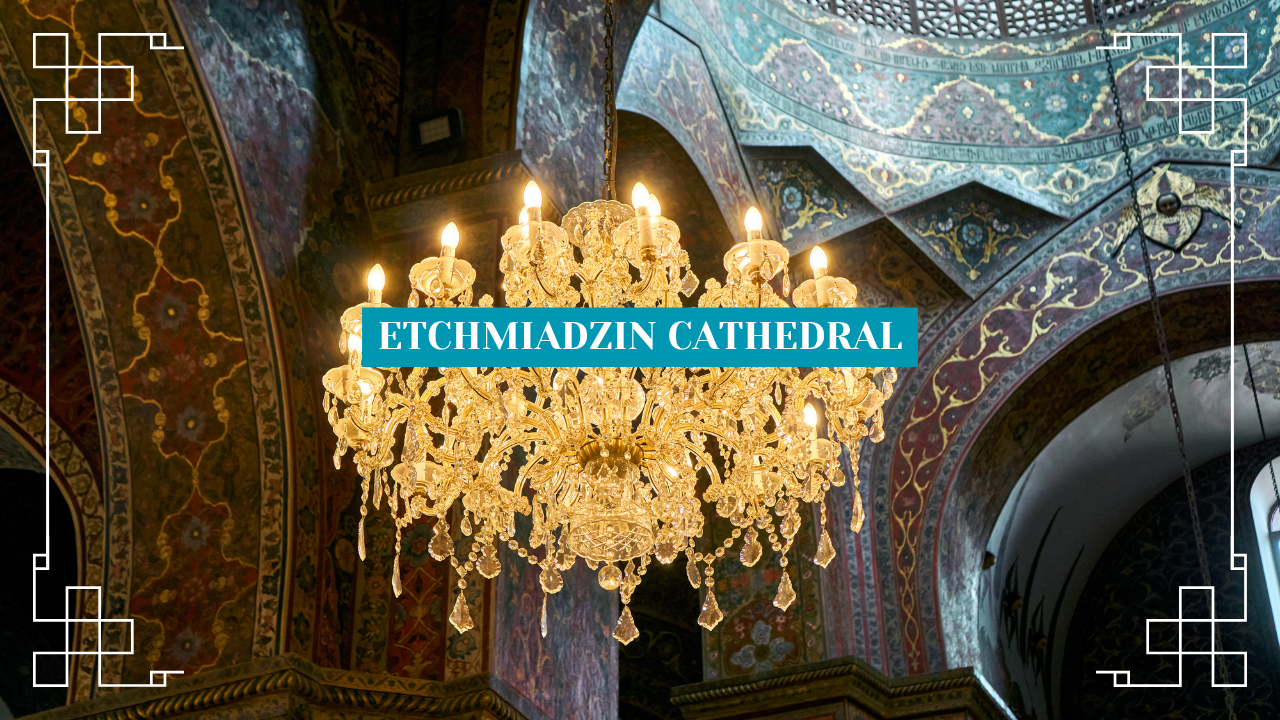
There's a few different ways to spell out this area of Armenia: Ejmiatsin. Etchmiatdzin, or also referred to as Vagharshapat. An old, dusty small town just around an hour outside of Yerevan. More leaning towards the start of Mount Ararat. The mountain towering above much of the natural landscape in this more flat region of the nation. It's hot. It's dusty. It shares some similarities to that of some of Iran and what is now considered Eastern Turkey, where other historical Armenian churches reside upon a much larger, former Armenia. This landscape is one that is harsh, where families reside in larger, more traditional homes rather than apartments buildings. Where they own more land and will farm it for various produce: fruit and vegetables. Under the Soviet period, more housing was developed for the area, giving it massive outdoor swimming pools, many military bases, cinemas and other various cultural centres. This rocky and dry landscape has been the location of many Bronze Age discoveries.
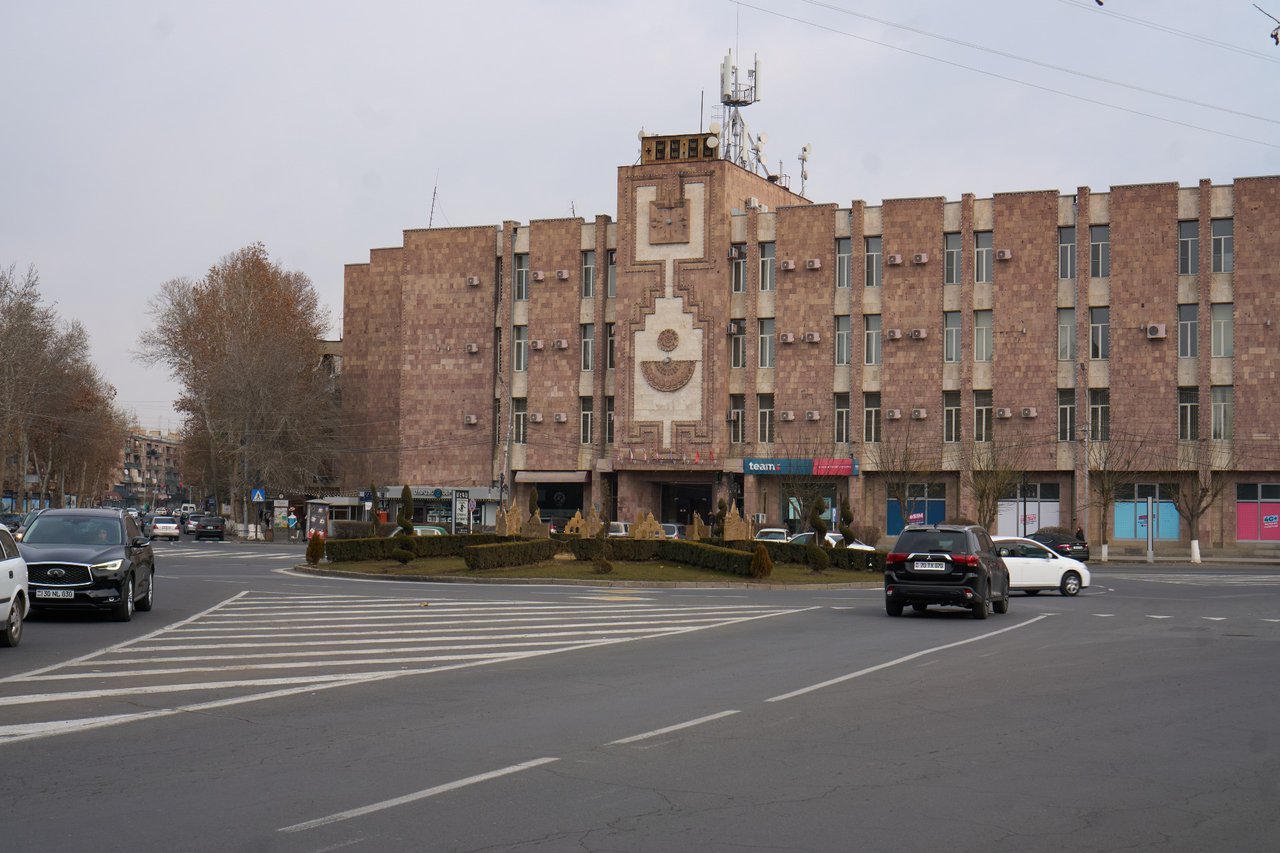
Just look at that old digital clock at the top!
To walk through Ejmiatsin these days feels a bit rough. It's not what it once was. It's decayed. Much of the outdoor spaces now overgrown with many fountains that rarely operate. With new attempts at development which have been abandoned from corrupt organisations which take money and leave. Power cuts are frequent here. Water often stops working throughout the day and still doesn't operate all night. A strong stench of burning is often creeping in through the hot, still nights when you really just want some air to enter the warm rooms. This is a largely forgotten area. It feels like one big village now, with much of its entertainment space gone throughout crippling economic times. Where the former production through the Soviet era factories is no longer, those factories now scattered all over the area, left alone with decaying aspects of history. Some still hold the hammer and sickle at the entrance, still spreading that love for the worker that no longer passes through those large gates.
Today, Ejmiatsin's greatest feature is its incredibly religious past and present. The home of Mother See of Holy Ejmiatsin. Essentially the headquarters of the Armenian church. This small town has a lot of old churches within. Some are so old they're now just little bits of debris, early foundations. Or just old walls. It was only recently that within the centre of Ejmiatsin, one of the oldest cathedrals in the world was undergoing reconstruction, reviving it to its former glory. Now, some will even claim that this very well is the oldest cathedral in the world. But I'm not sure how accurate that is. Supposedly fourth century. Victim of invasion and natural decay throughout hundreds of years. Though when I first arrived in Armenia, the location itself was in great condition. Probably the only area that didn't scream of decay in some form. Though a year ago the cathedral was still covered up with scaffolding, and there was no way to look or go inside. Until very recently. With the church now open again and seeing a large influx of both Armenian and international tourists.
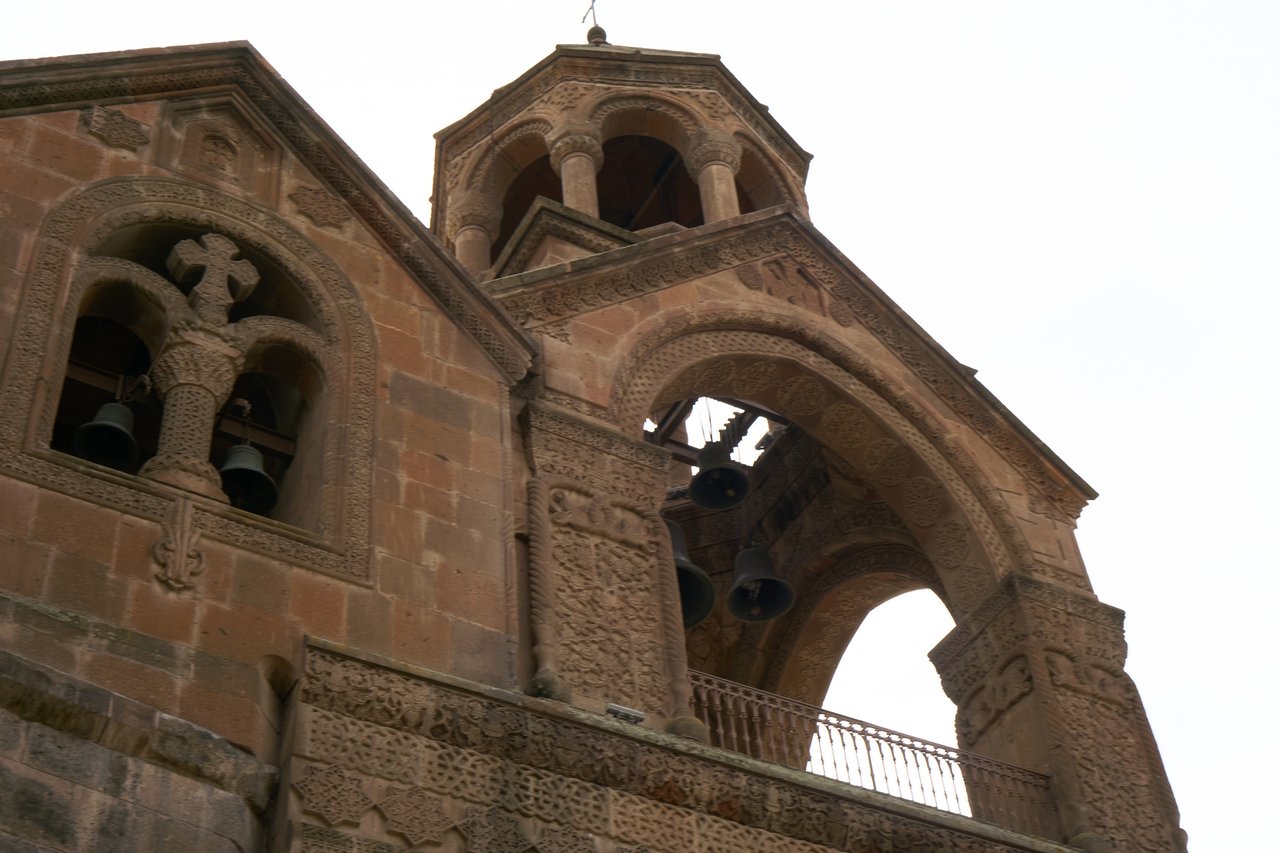
I visited the location back in February, not too long after it had reopened. I was incredibly surprised at the sheer beauty of the interior, one that had a deeply Armenian cultural connection in its visuals. The colours, the patterns, the religious themes found throughout. Though, to start some of this exploration into the interior, I want to highlight an interesting fact regarding the church now and its reconstruction: as part of the painting of the doorway, before entering the church itself, a painter had failed to notice a rogue scorpion up on the ceiling. Yes, this region sees scorpions during summer. This meant that the newly-reopened church now features a painted-over scorpion that can be seen if you look up before entering the church. If you ever find yourself here, be sure to be on the lookout for that first. If you can't find it, just ask someone to point it out, it's a pretty commonly known fact for the locals which take some joy in the unfortunate situation of the scorpion. I've cropped one image to zoom in so it becomes clearer, but I've also attached the regular image which also shows it. These were taken with an 85mm focal length lens, so even so it may take a sharp eye to notice in person.
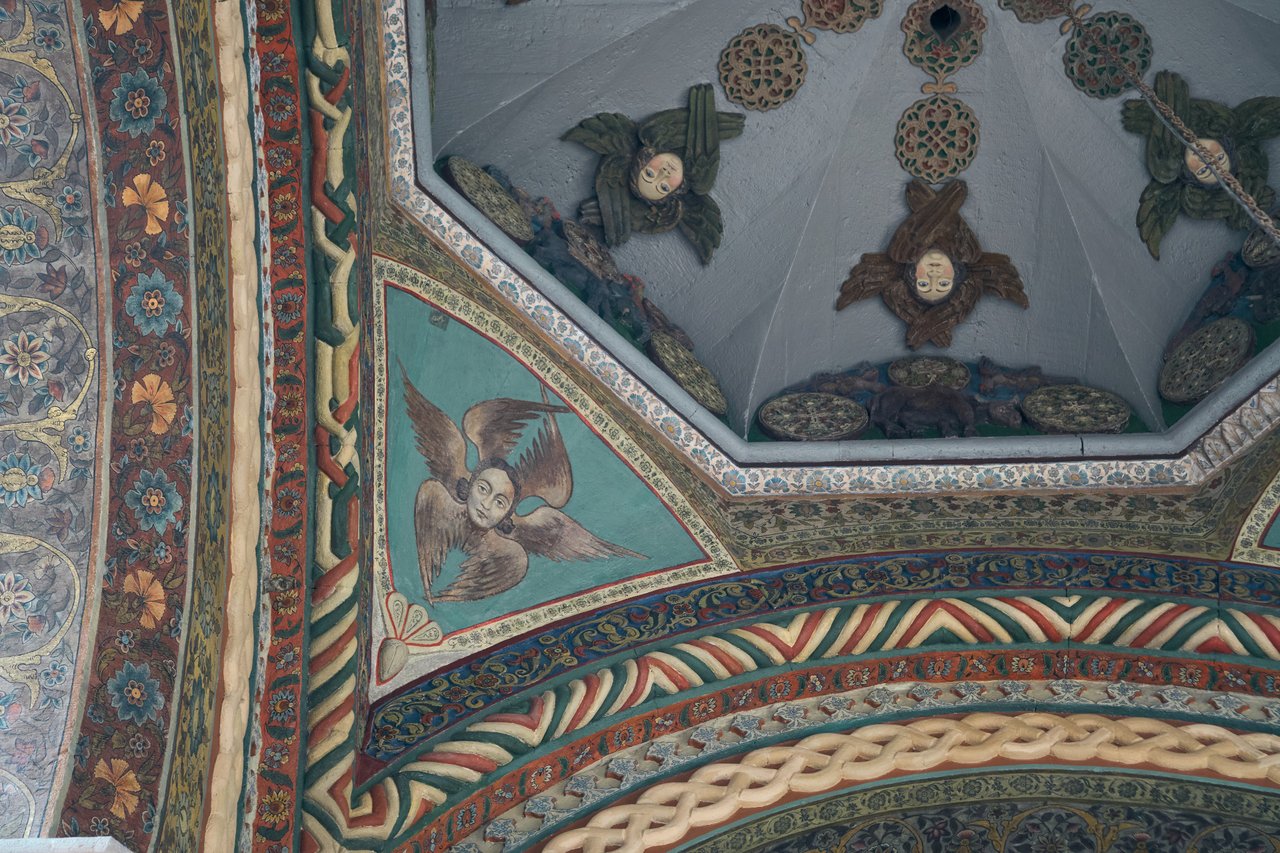
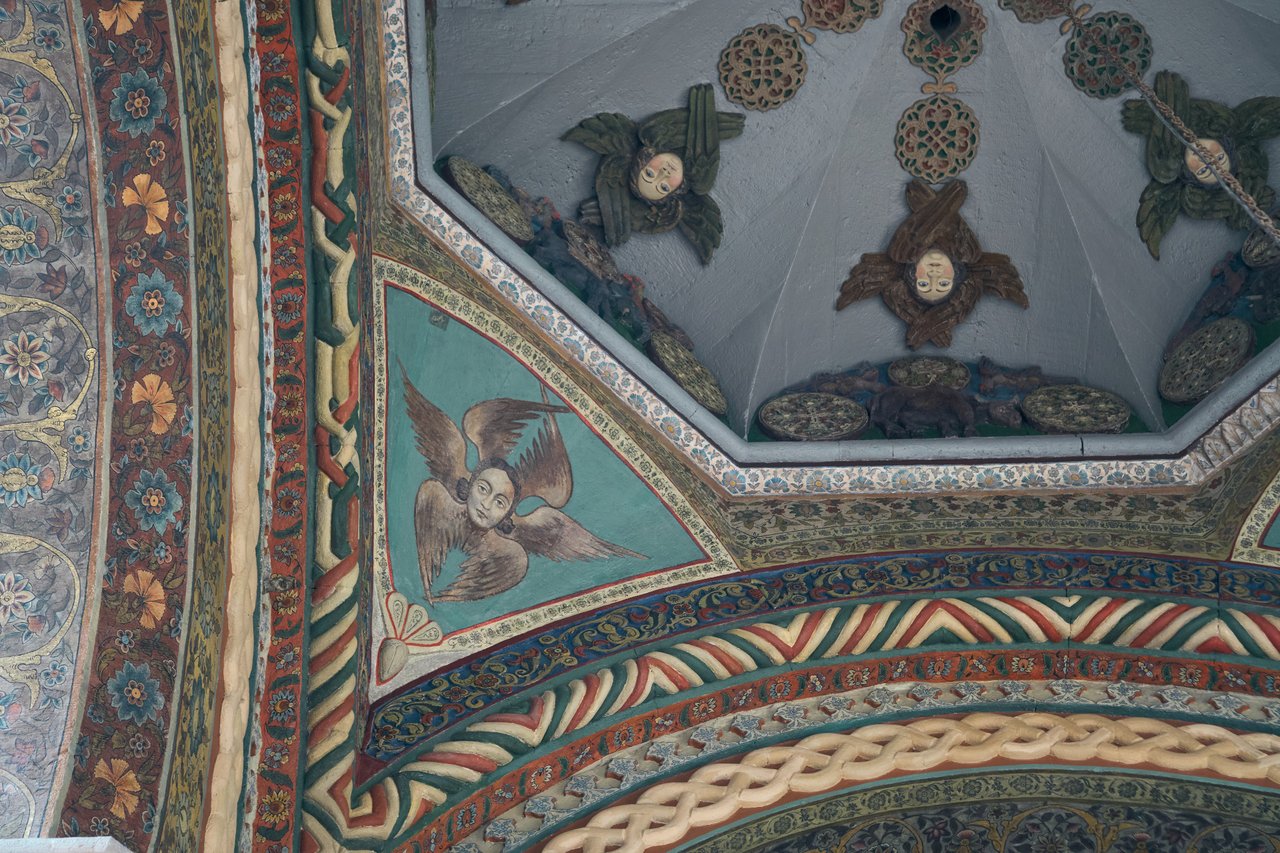
But despite the scorpion, even from this point you can tell there has been an incredible attention to detail. And this post actually comes from the last cathedral one I did on another reconstruction project in Kutaisi, which was so poorly done it resulted in UNESCO removing it from world heritage status. This is an example of reconstruction done right. To give similarities to that of the older churches, and their beautiful colours which are now often faded and forgotten. This is the first time I've been inside one and really paid attention to such details, where the walls are not empty. Instead, covered in detail. Showcasing various themes that speak of the religion and the nation's culture. And I love that style! Armenian patterns and colours are beautiful!
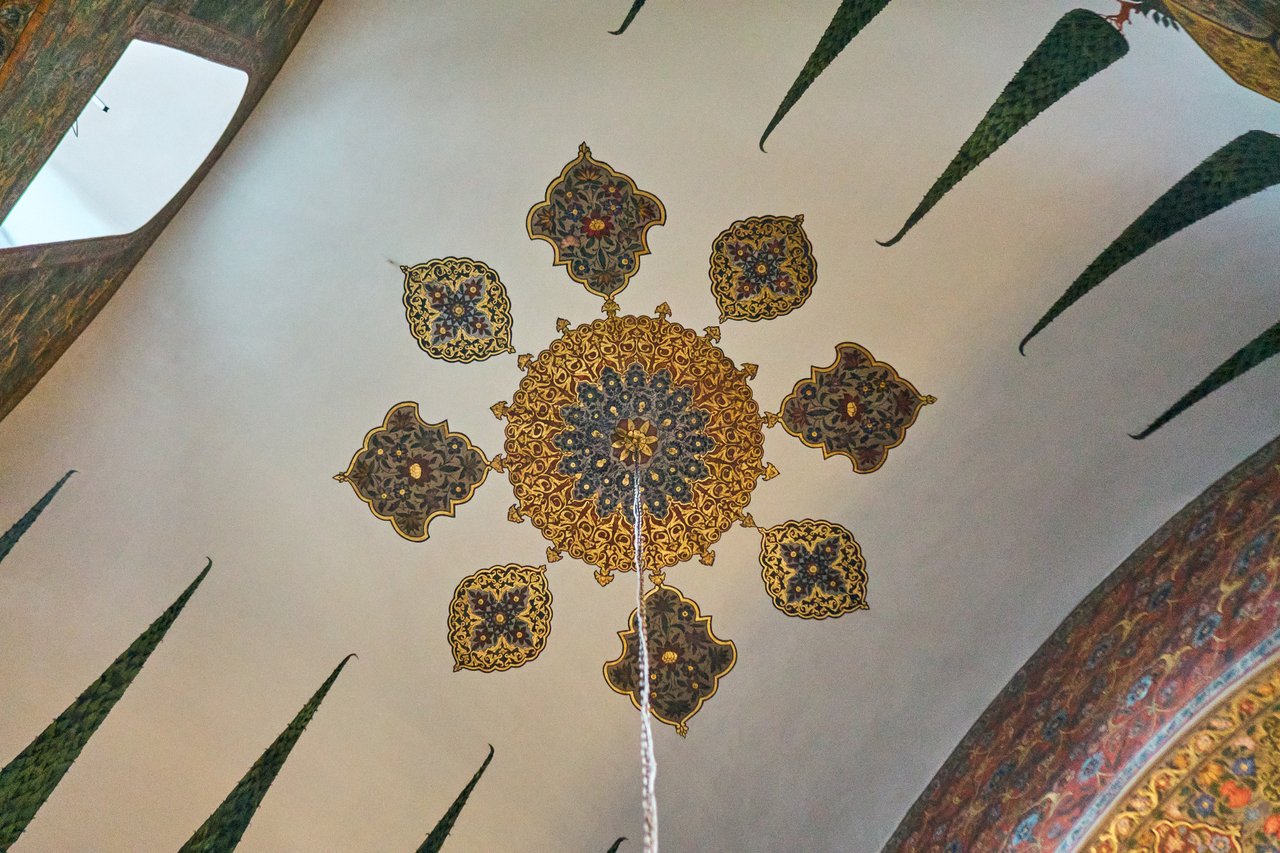
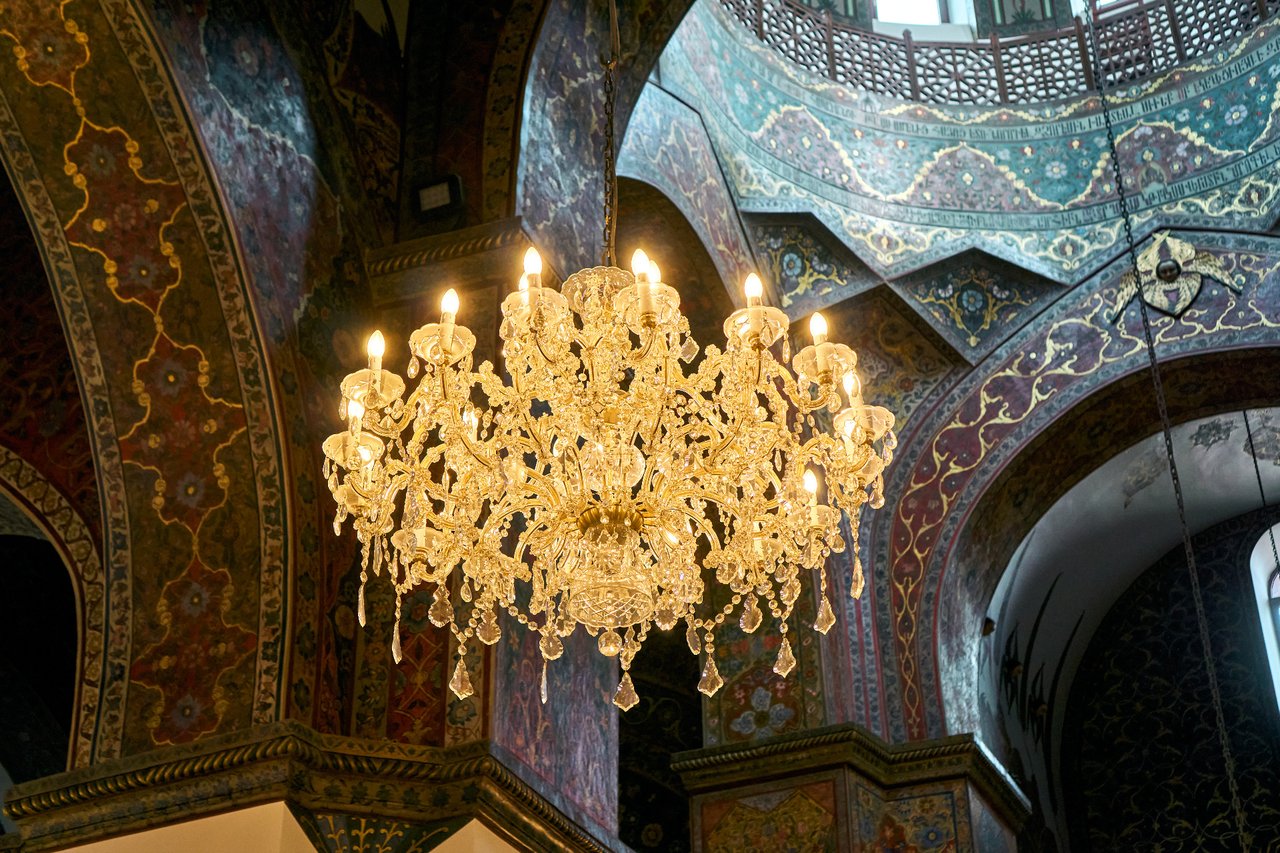
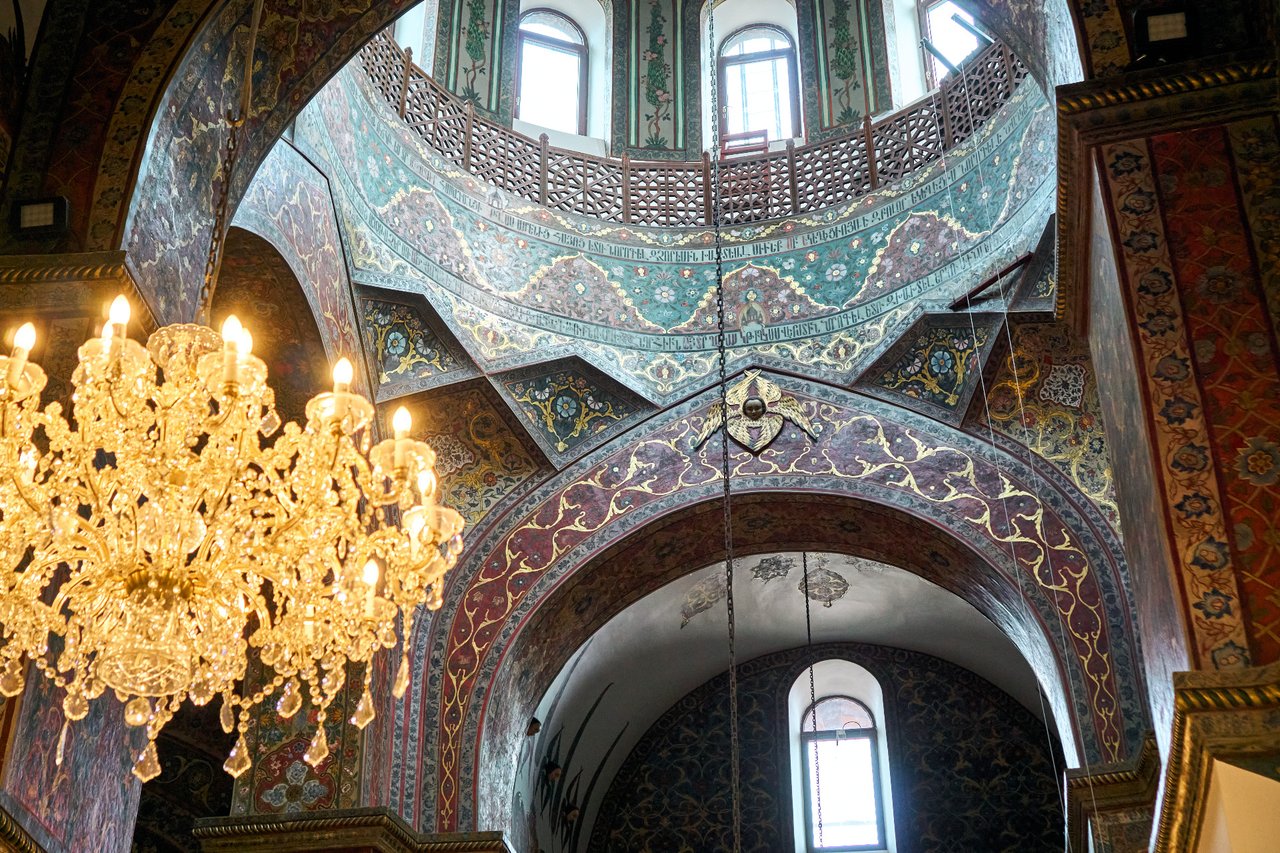
There are some signs of modernisation, of course. Primarily in the way in which the lighting is handled. There are still magnificent, huge chandeliers that hang above from the different rooms, but it doesn't take much to notice they're all connected to LED lightbulbs. That's not something that really bothered me. After all, many churches that do remain here from the Roman era have these dark black charred walls, and it comes from where they'd have their flames for getting light. Not only would that ruin the building's intricate design, but would also serve as a great fire hazard given the many visitors today. Above them sit even more beautiful patterns. They really put in the effort here to make every aspect of the church beautiful, without it feeling overwhelming or too designed.
Now, this wouldn't be a grand religious space without a few paintings, and fear not, there are still some! As well as a few old items from the Roman era: rocks with the cross carved into them. A common theme in this nation, where these little monolithic type structures are found all over, and many just left in the wild. Appreciated by the locals.
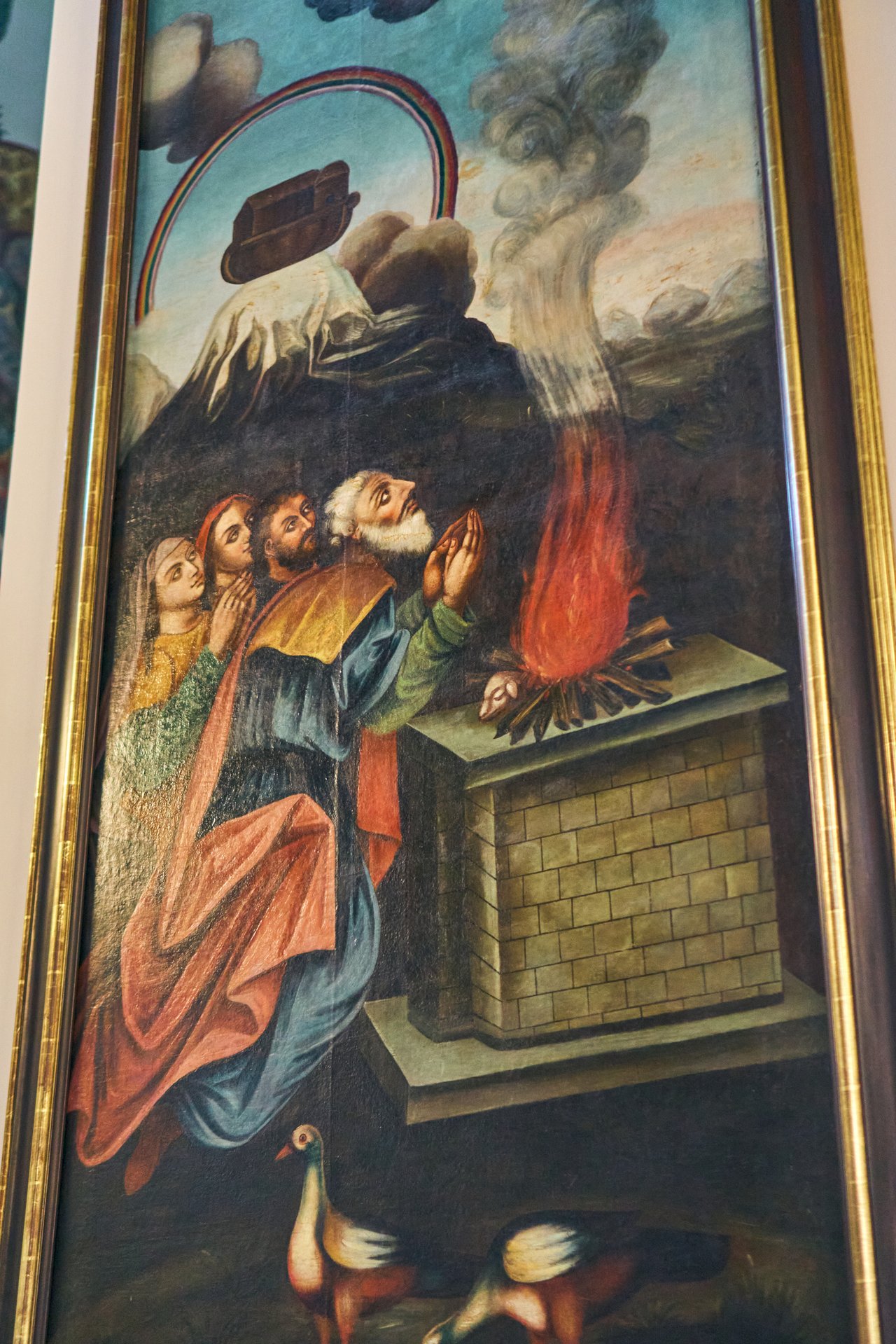
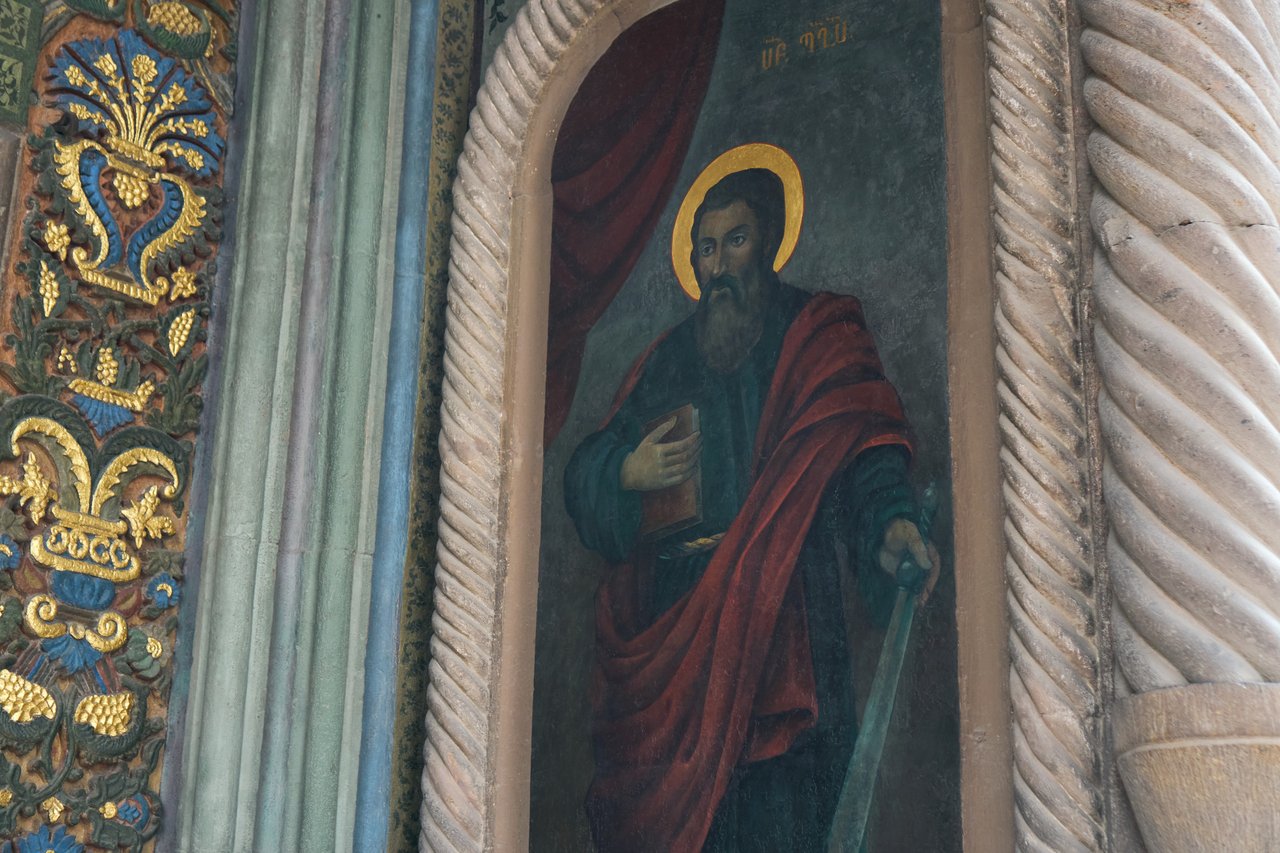
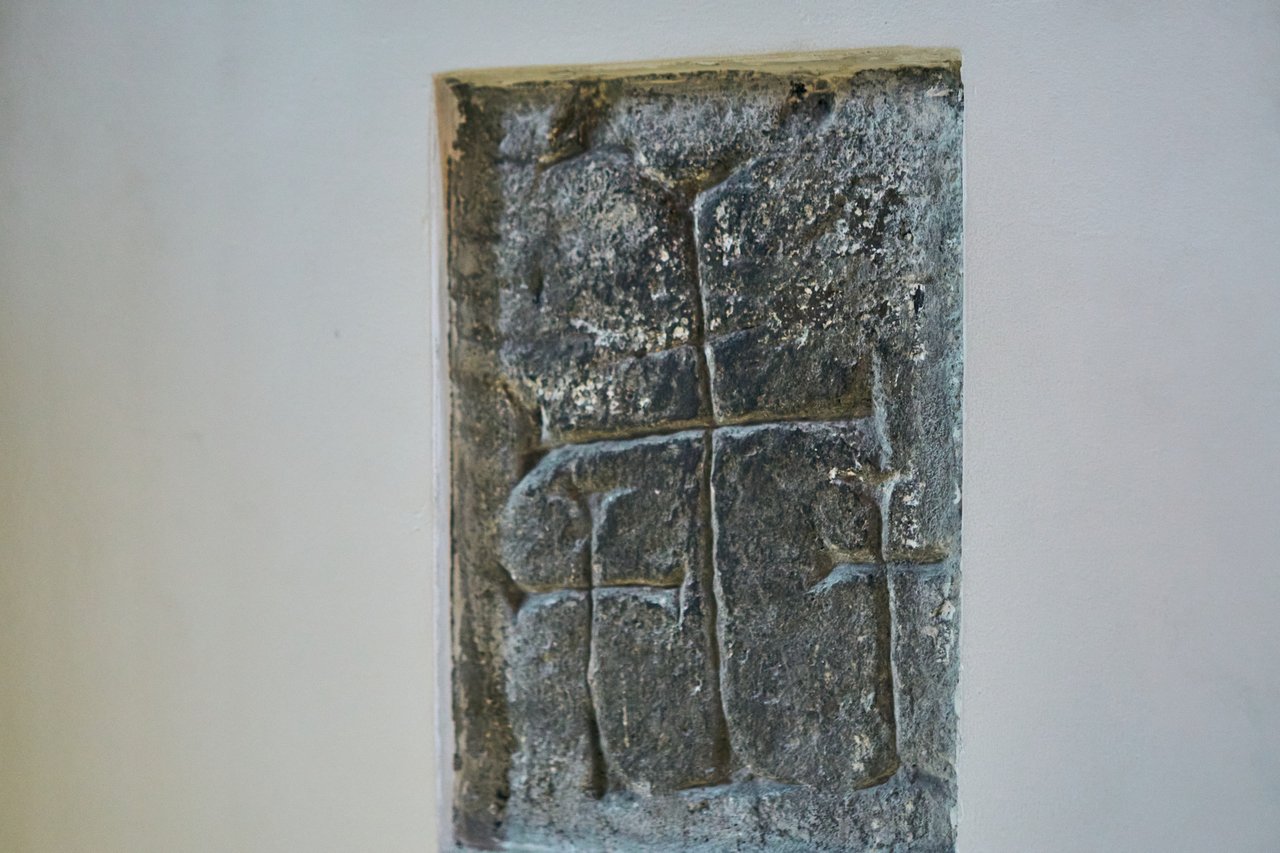
I wouldn't say I am of the religious type, but here in these environments I do tend to show my respect to the culture and the history of the location. You'll notice that people, when exiting a church, will turn around to face the other end of the building, to which they'll trace the cross over their head and torso. The idea being that these people, upon leaving the House of God, do not turn their backs to him. Given how strong the religion is here, to not follow in this would most certainly be disrespectful. Children do it. The elderly do it. Even the toughest of appearing men do it. And realising how old these places actually are, you tend to walk within them feeling this respect, this feeling that you are within something more powerful than yourself; not to say you suddenly become religious, but you feel the fragility of time, the peacefulness of this location where people come together to also try to escape some of life's greatest fears. And it's easy to imagine the many that once passed through, from even the Roman era.
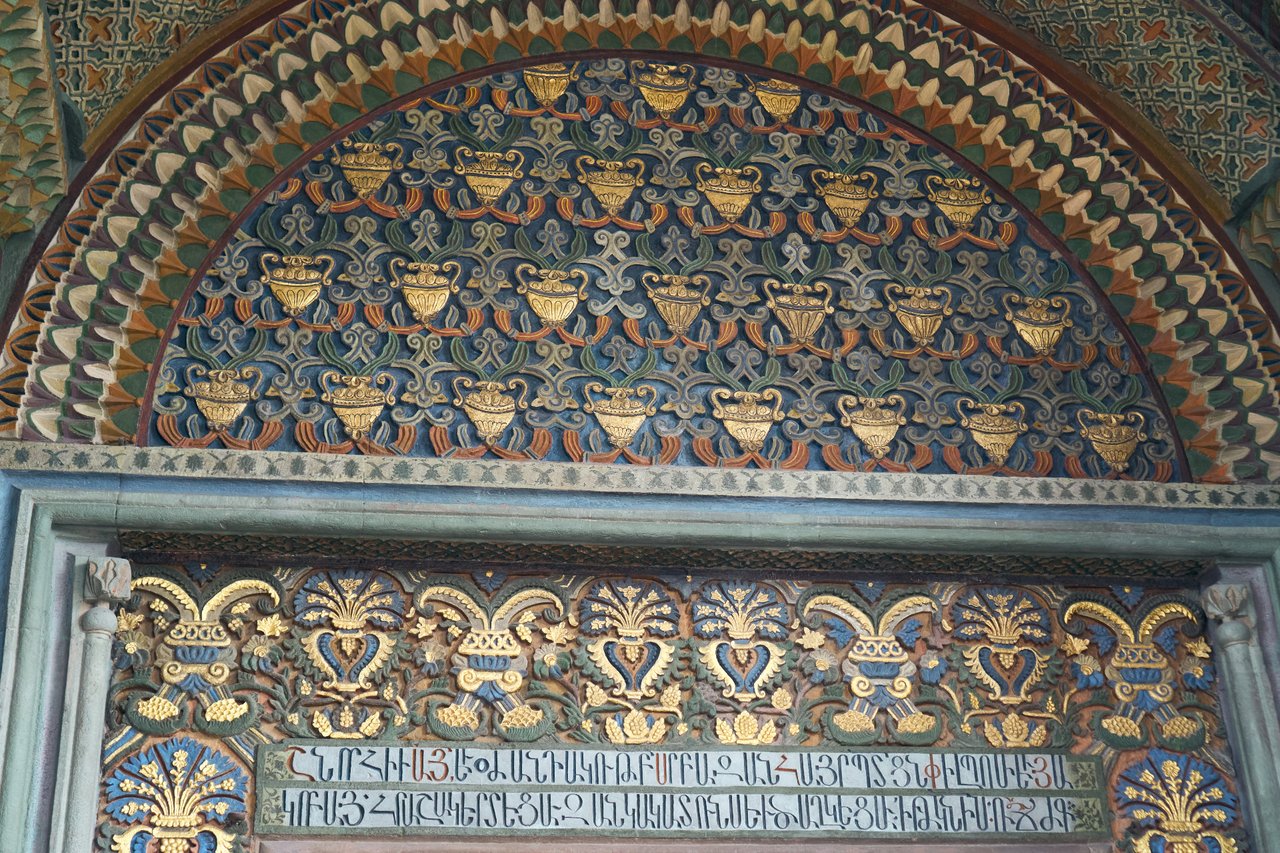
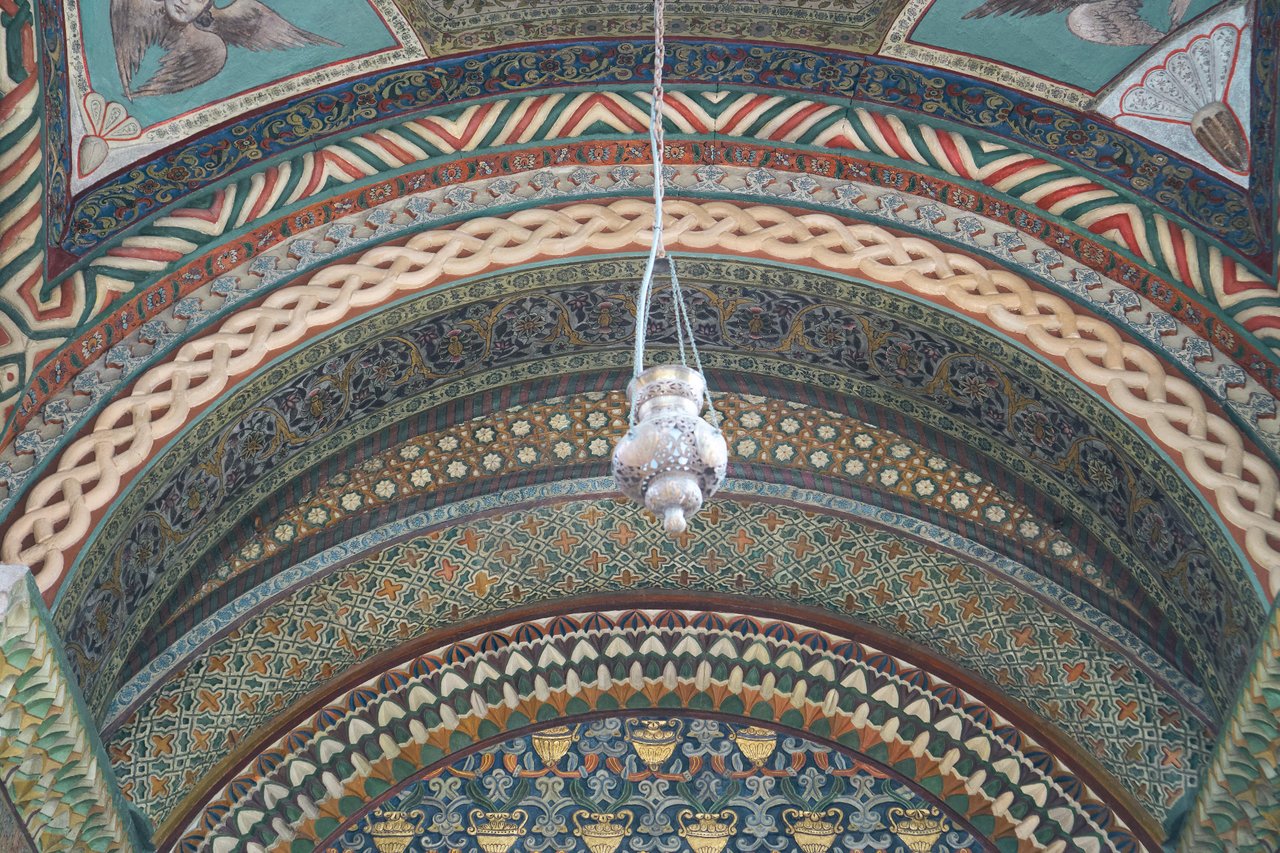
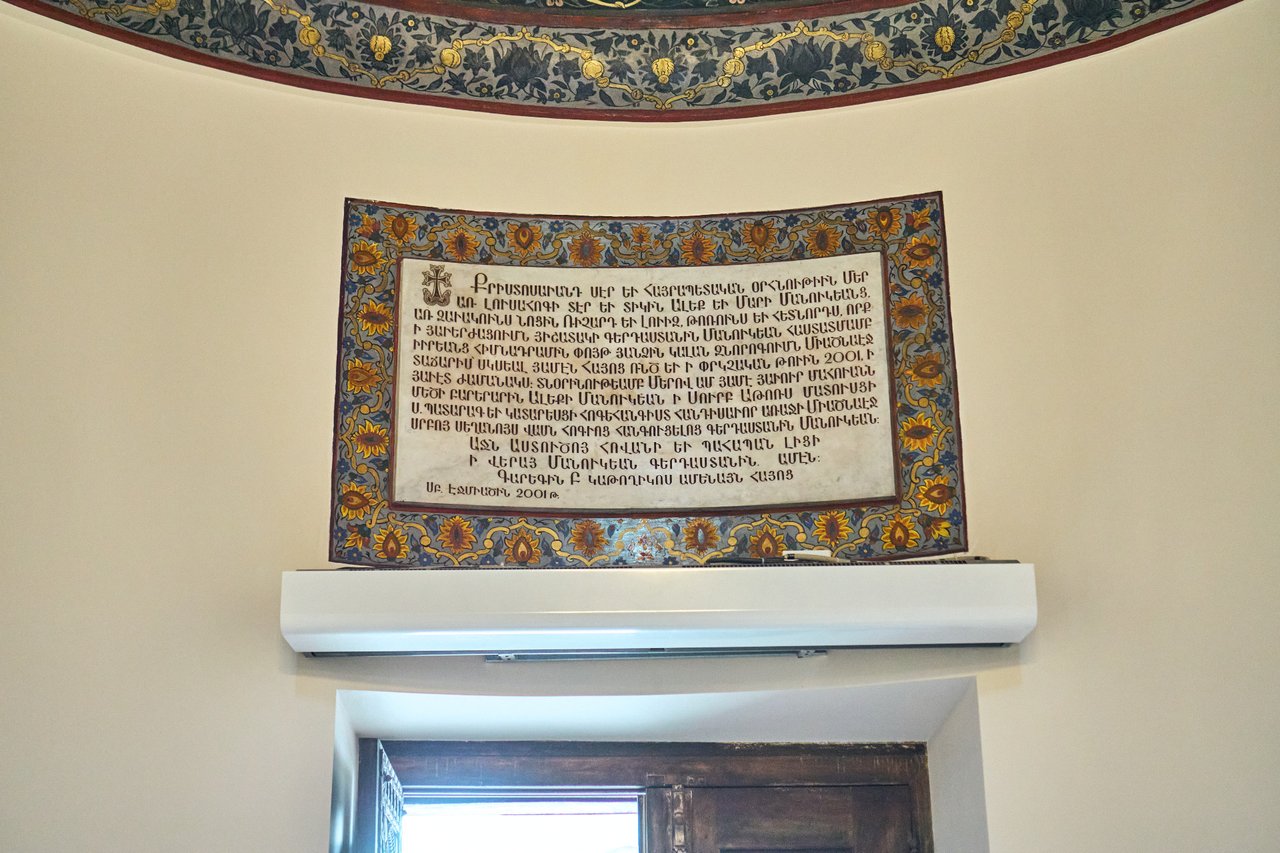
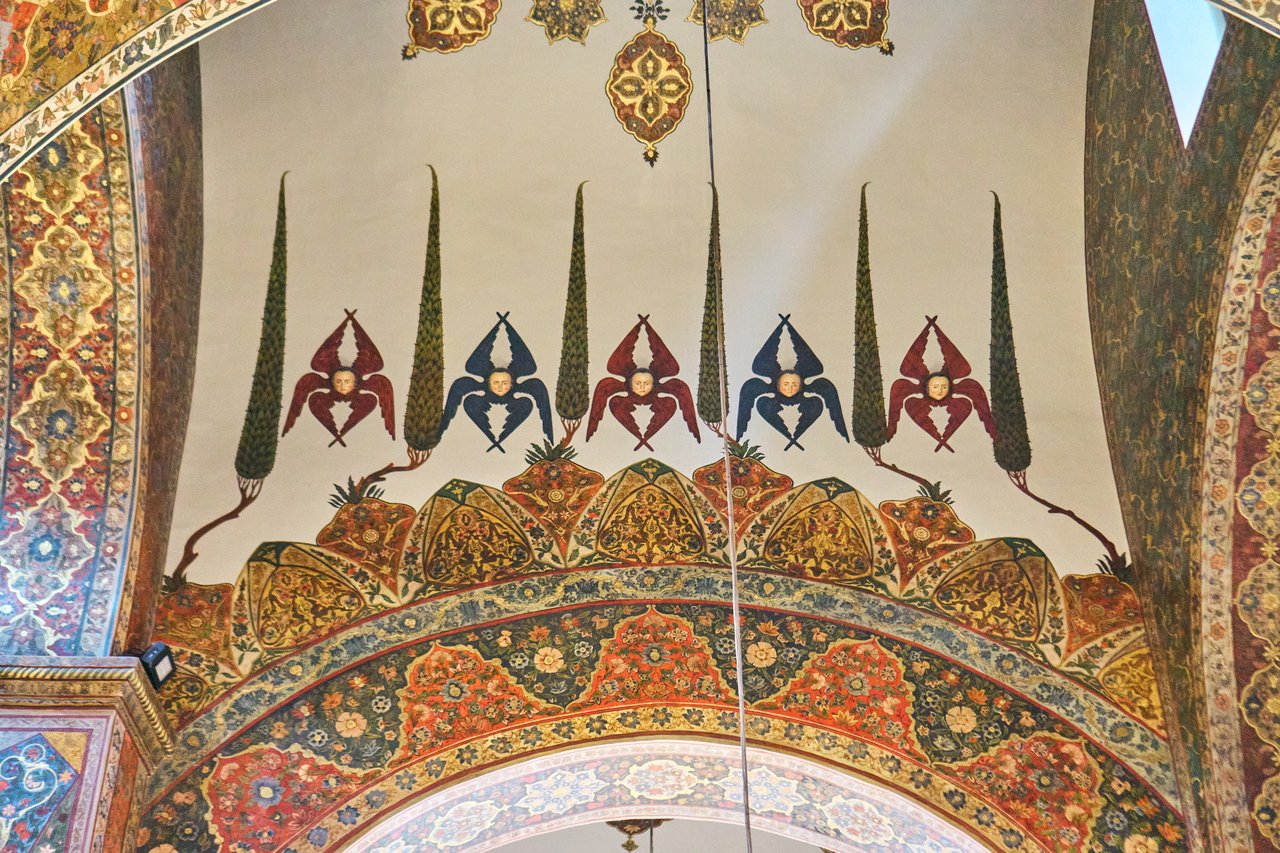
Though sometimes some of that religious imagery can also be a bit unsettling. I believe these are symbolising more accurate representations of angels known more commonly as Seraphim. There's always something within a church that makes you feel a bit uncomfortable, right? But even so, the attention to detail with these is incredible, and some previous ones within the church date several hundred years back, whereas the church was built around 300 AD. If you look down, you'll also notice a part of the building where the floor is just a glass pane, where you can look down into the church's even older fountains. This was something that was nice to see, a little bit of that history which remains untouched. You can see the changes through time, from cold dark stone into the more artistic additions that came throughout the years.
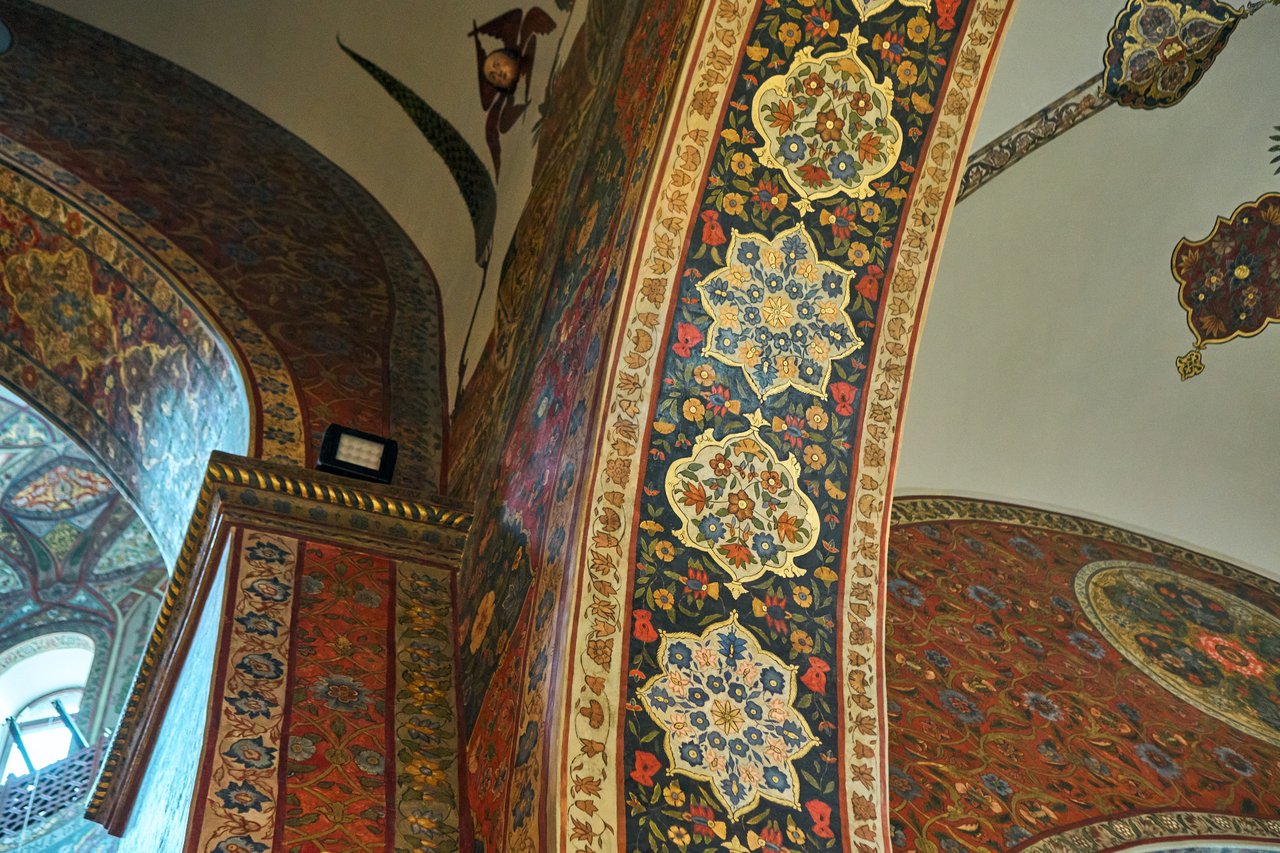
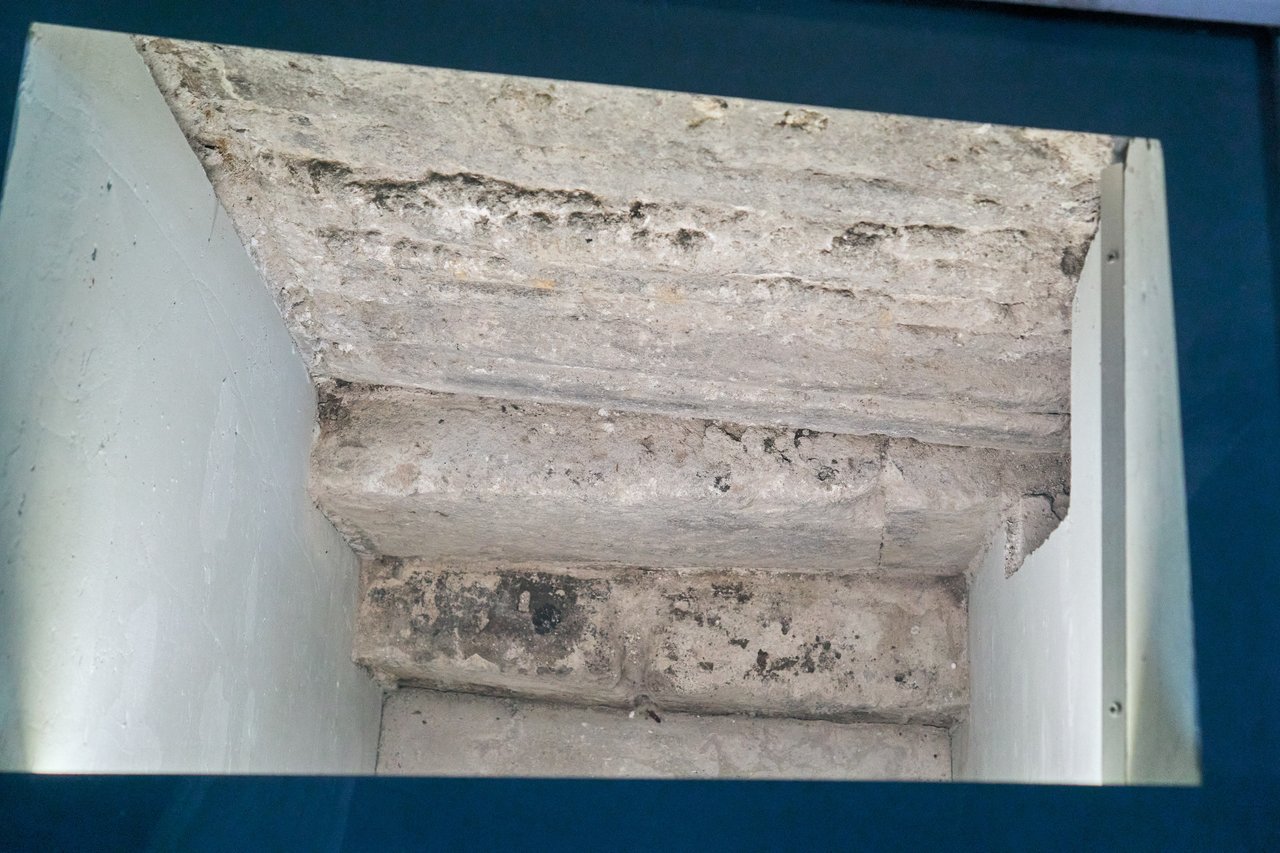
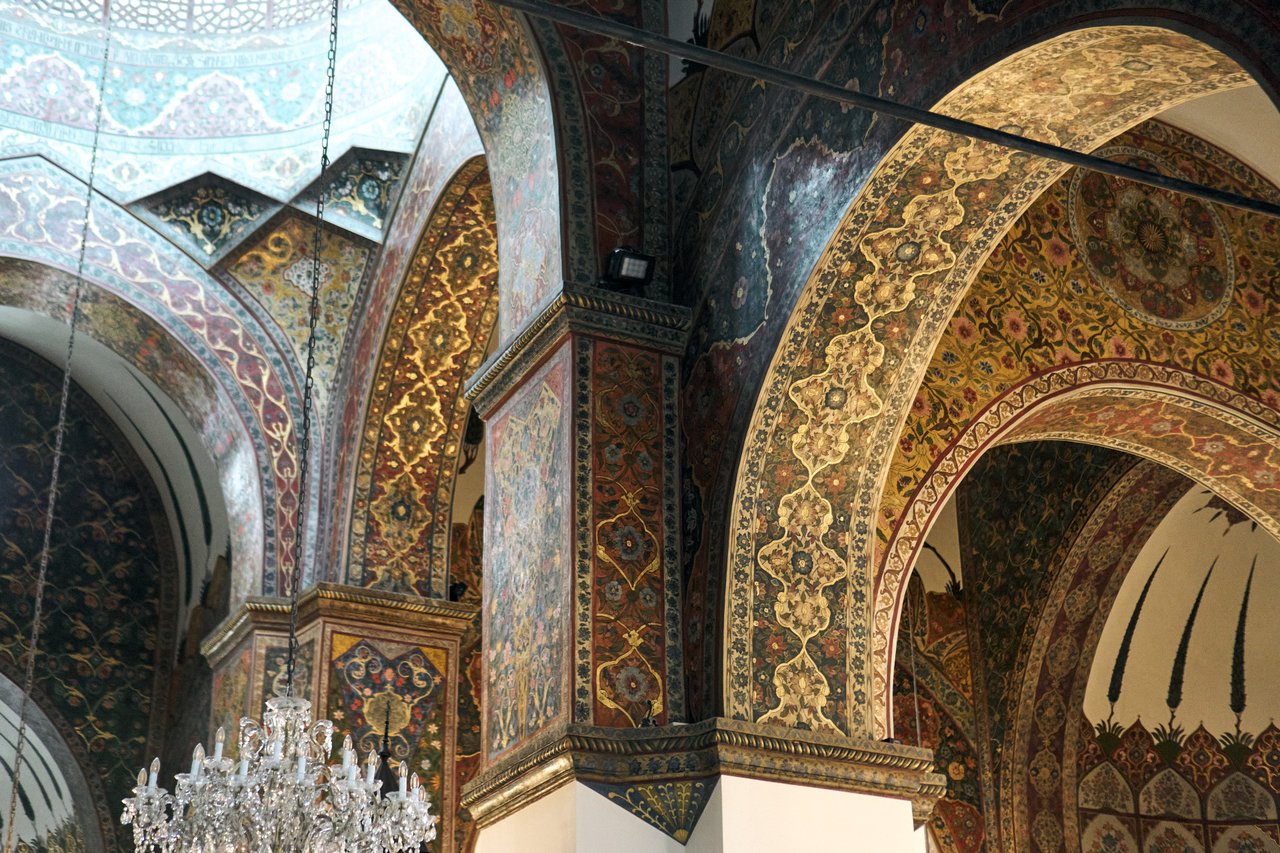
To close this up, here are some features found outside of the church, where some of the previous priests have been buried. Some dating so far back that it is hard to comprehend the time that has passed, others a little more recent. And even within the many generations, there's still beauty to be found in how these stones have been decorated.
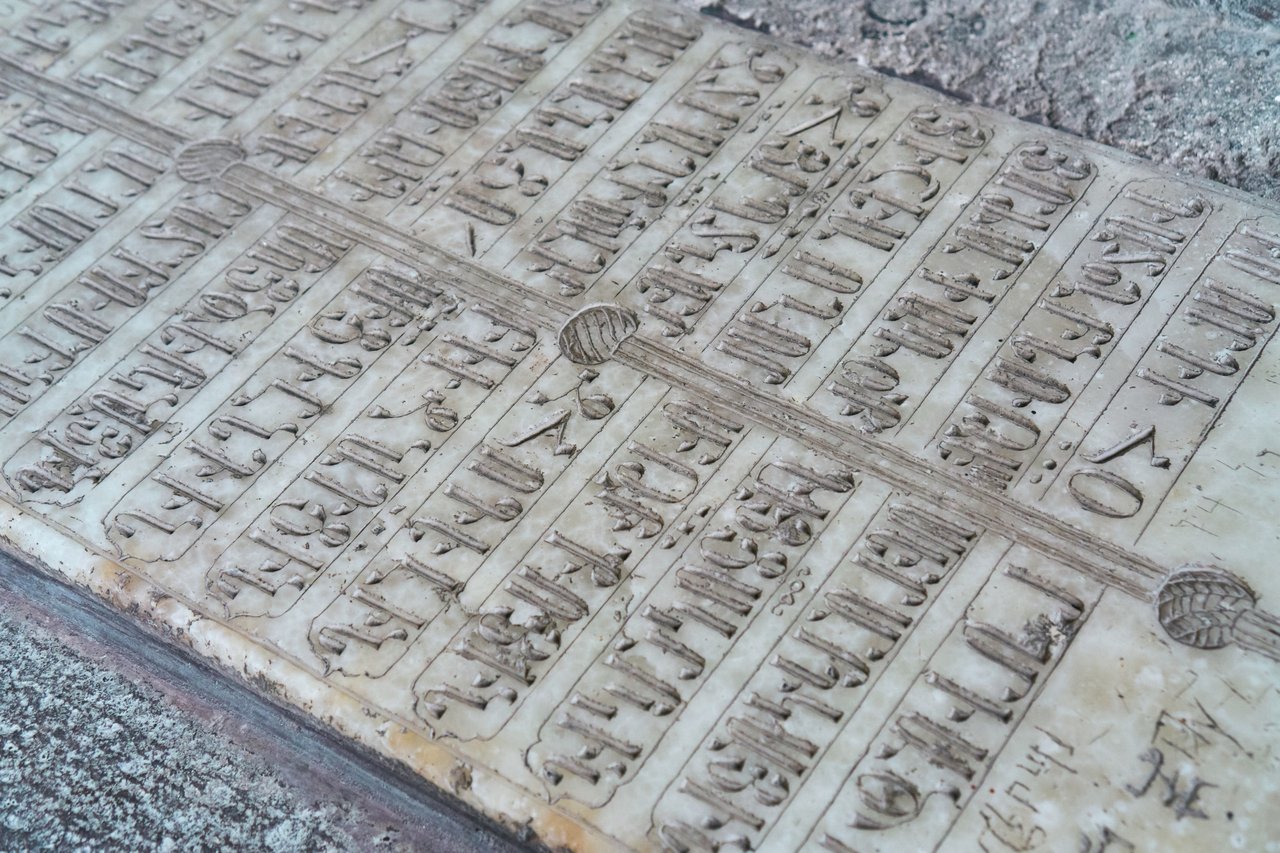
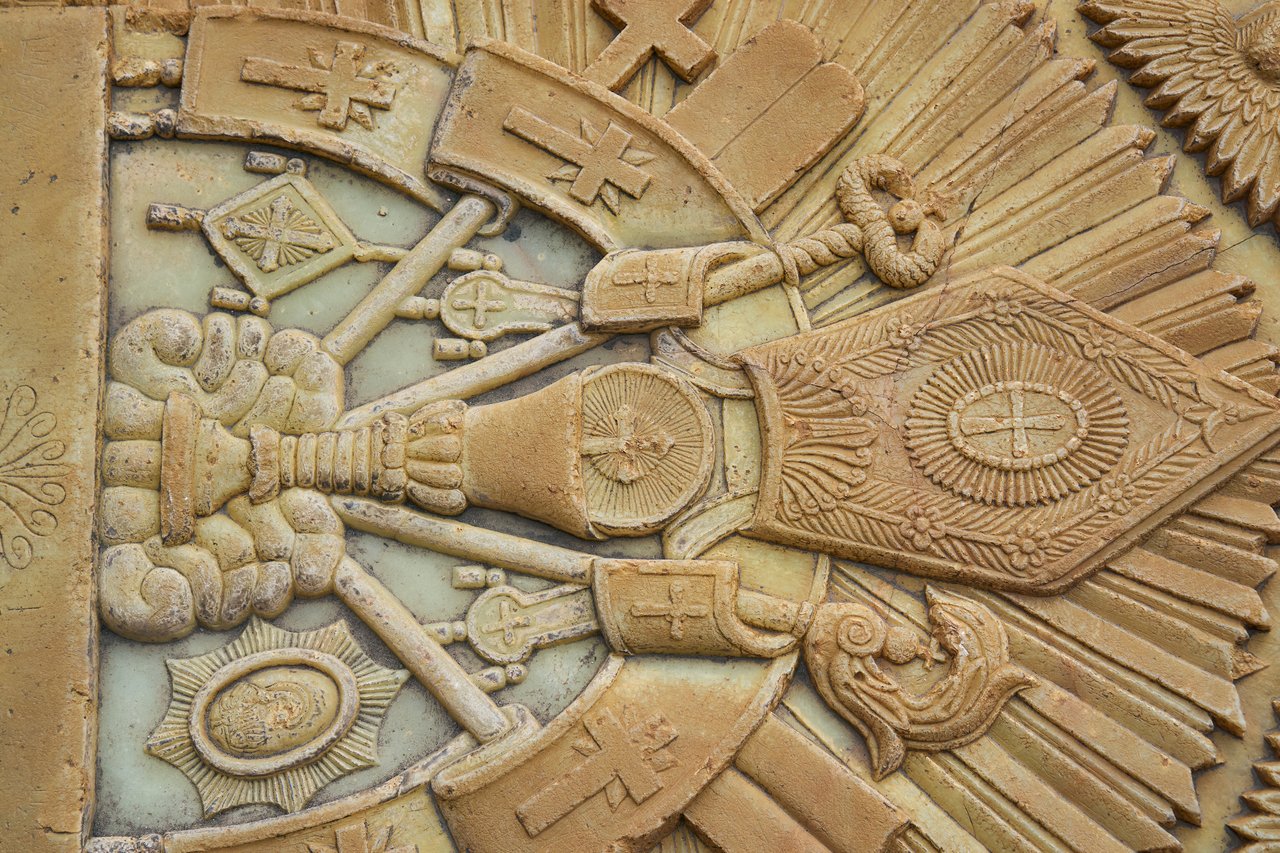
I'd say even if you aren't religious, if you end up in this area, it's worth the visit to admire the beauty of the art. The awareness of the history and culture that has impacted humanity for hundreds of years in various ways, throughout the world. And sometimes it's good to remind ourselves that we are just human.